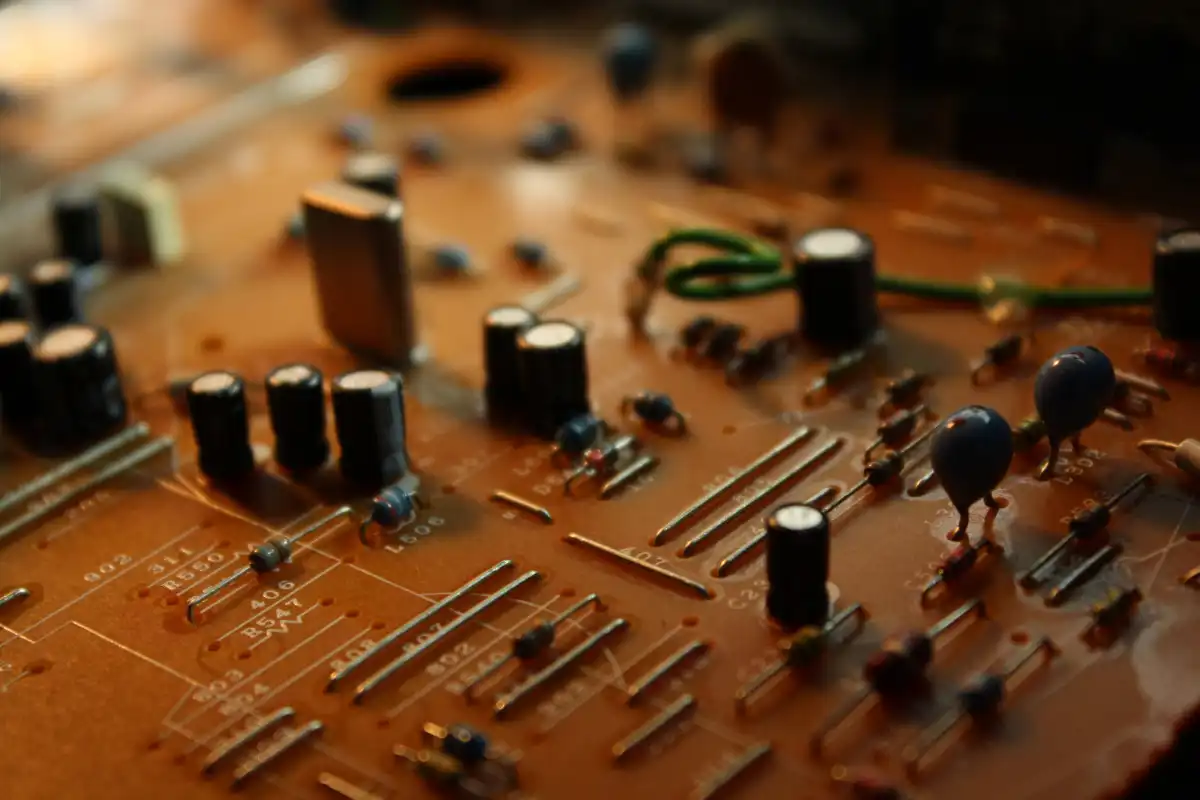Law enforcement agencies are currently grappling with a difficult legal and ethical issue: how to prosecute cases involving artificial intelligence (AI)-generated child pornography. This new form of pornographic material, created by advanced machine learning algorithms, is causing enormous concern due to its realistic depiction of minors in sexual scenarios.
As per the norms, crimes involving child pornography are prosecuted under federal and state level laws in the United States. However, with rapid advancements in technology, the nature of child exploitation material has significantly transformed, leading to gaps in legal frameworks currently in place.
This is where AI-generated child pornography comes into the picture. These are not 'live' images or videos of actual children being sexually exploited; instead, these are digital products, created purely through AI. This being the case, they present a complex subject for prosecution under current laws.

Further complicating the issue is the argument on 'realism' and what constitutes a 'real' child. Since AI-generated images or videos do not involve any real children, some people argue that they should not be illegal. However, this viewpoint is challenged by those who suggest that they should be criminalized to prevent potential harm to minors.
Policymakers face a difficult task in formulating laws to address this emerging issue. They are required to walk a fine line between freedom of expression, invasion of privacy, and protecting children from sexual exploitation. Nevertheless, the urgency to revise existing policies is inevitable.
AI-generated child pornography is not an isolated concern; it's part of a broader challenge concerning AI-generated content. The recent surge in 'deepfake' technologies has implicated issues around defamation, political disinformation, and intellectual property rights too.
Existing legislation focused on protecting children from sexual exploitation needs a reevaluation in the wake of these advancements. Mere possession of child pornography, under federal law, is a crime. However, whether this law can be extended to cover AI-generated child pornography is debatable.
Applying existing laws to this new form of pornography is complex. How do you prove that an image generated by a computer program constitutes child pornography? Determining 'intent' could be key in assessing the legality of these images and videos.
This lack of a specific legal framework has created substantial challenges for law enforcement agencies. Unable to definitively classify AI-generated child pornography as illegal, their efforts to curb its spread and prosecute offenders have been stymied.
Despite these hurdles, efforts are being made to update the legal definitions and provide clarity on the issue. Various agencies, such as the National Center for Missing & Exploited Children (NCMEC) and the Internet Crimes Against Children (ICAC), are advocating for legislative changes to effectively address the issue.
One potential approach is to broaden the definition of child pornography to include artificially created, indistinguishable representations of minors. This could enable prosecution of the distribution, possession, and creation of AI-generated child pornography.
However, pushing for such legislation won't be easy. Drawbacks include potential infringement on free speech rights. It cannot be overlooked that the application of broad definitions may inadvertently criminalize innocent, non-exploitative images and animations.
Moreover, ethical concerns over AI-generated child pornography are just as convoluted. Critics argue that allowing such material might encourage pedophilic tendencies in consumers. Alternatively, some suggest it might serve as a safe outlet for individuals with such inclinations, thus reducing the potential harm to actual children.
Despite the complexity of the issue, inaction is not an option. Policymakers need to create comprehensive legislation that straddles the fine line between criminalizing virtual child exploitation and protecting constitutional rights. Law enforcement agencies need clear guidelines to enforce these laws effectively.
Apart from legislation, there is also a growing need for technological solutions. Development of AI-driven tools to detect, remove, and report AI-generated child pornography could play an integral role in curbing its dissemination.
The creators of AI technology have a responsibility too. They must work closely with policymakers and law enforcement agencies to limit the misuse of their products. Creating algorithms that are less susceptible to exploitation can help stem the creation of explicit content.
Furthermore, internet service providers and social media platforms bear a share of the responsibility. Enforcing stricter rules on content distribution, stepping up moderation, and assisting law enforcement in identifying offenders could greatly help in combating the spread of AI-generated child pornography.
Education and awareness play a key role as well. Stakeholders must disseminate knowledge about the implications of consuming such material and the legal consequences it could potentially bear.
In conclusion, battling AI-generated child pornography is a multifaceted problem that requires involvement from all stakeholders. While formidable, the challenge is not insurmountable. With careful policy-making, technological innovation, and safeguarding measures, this impending crisis can be effectively countered.